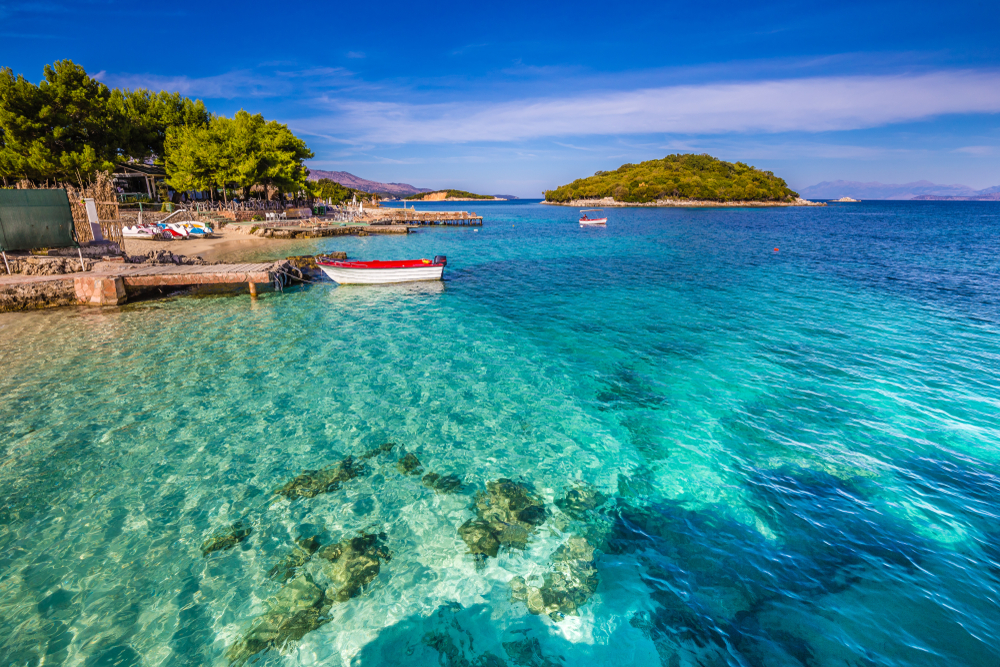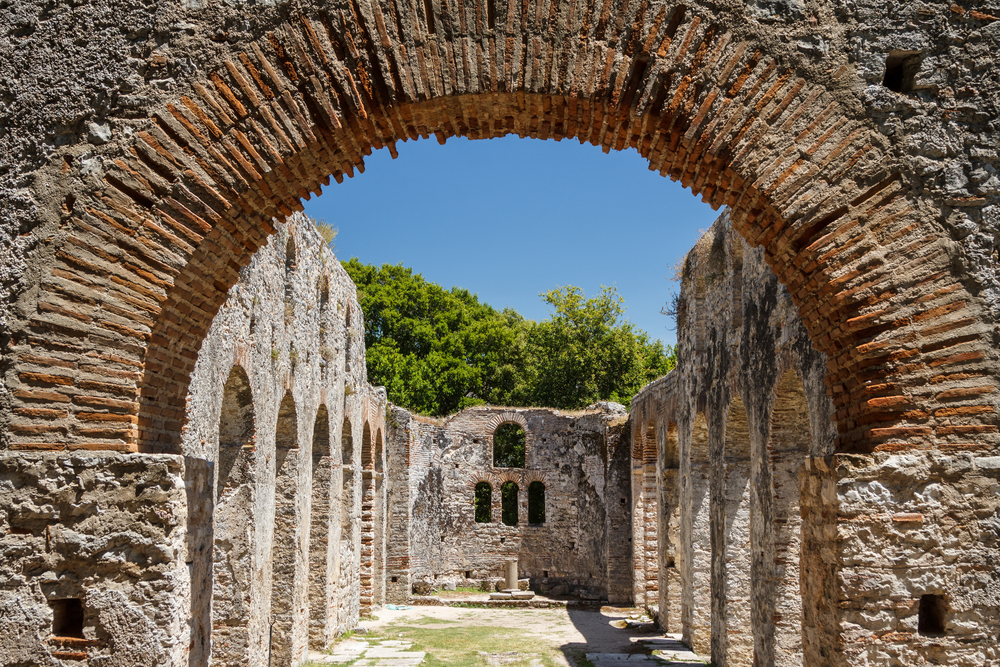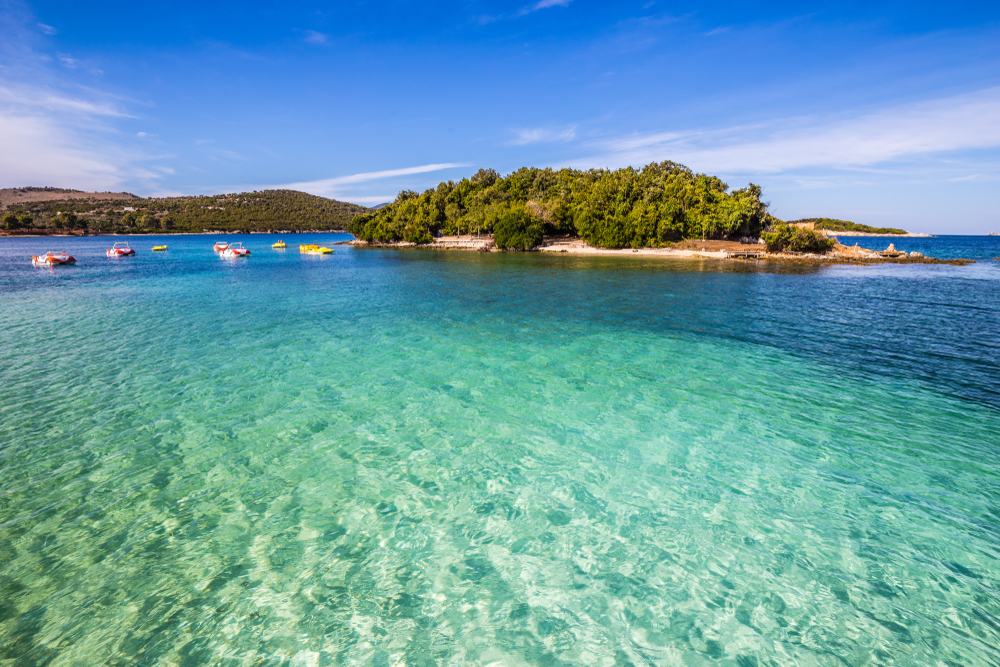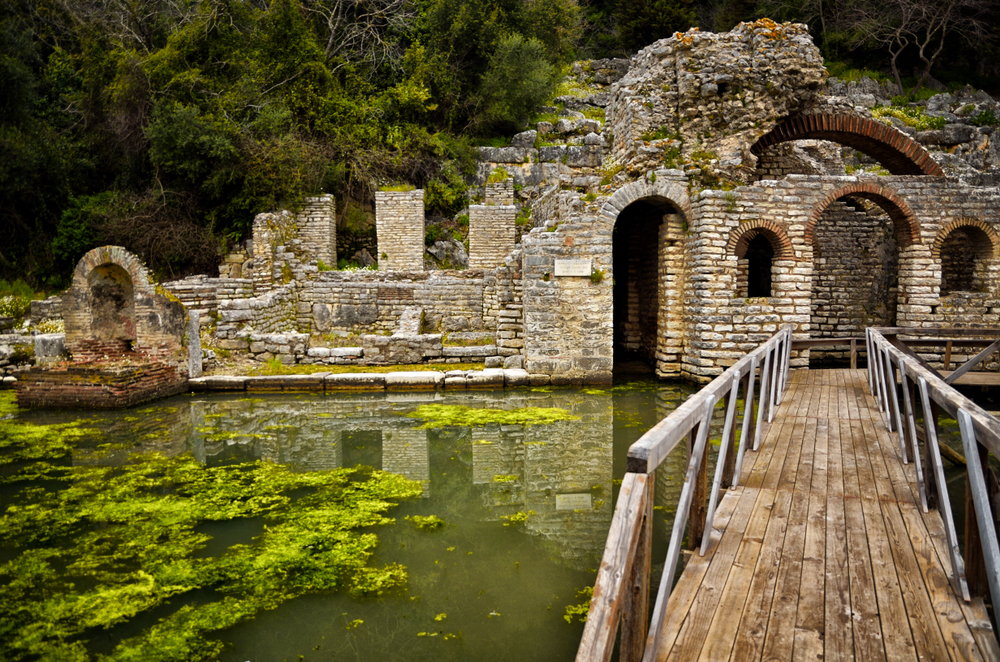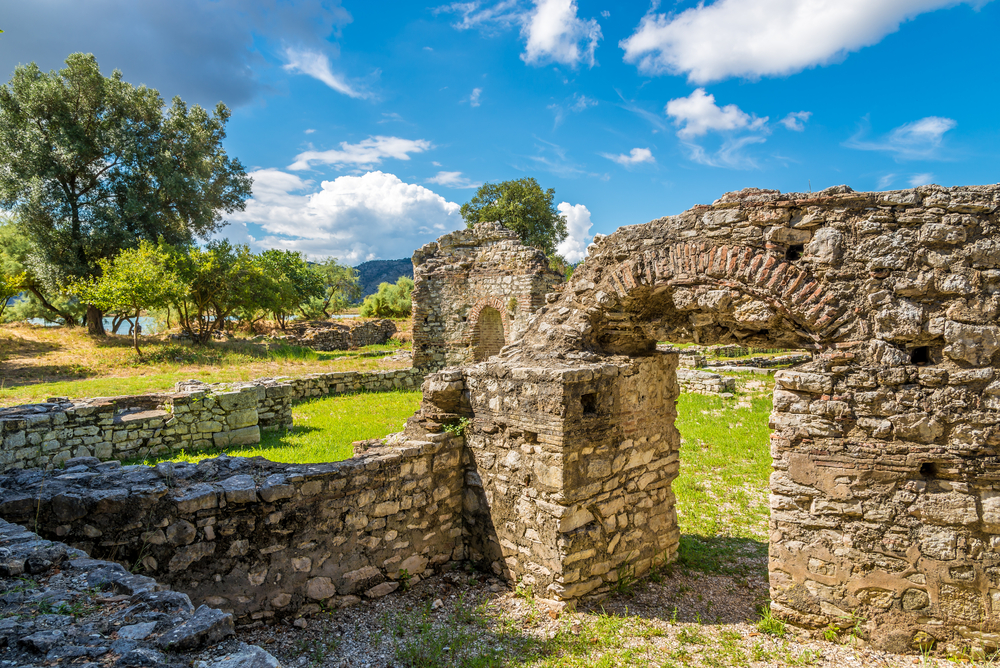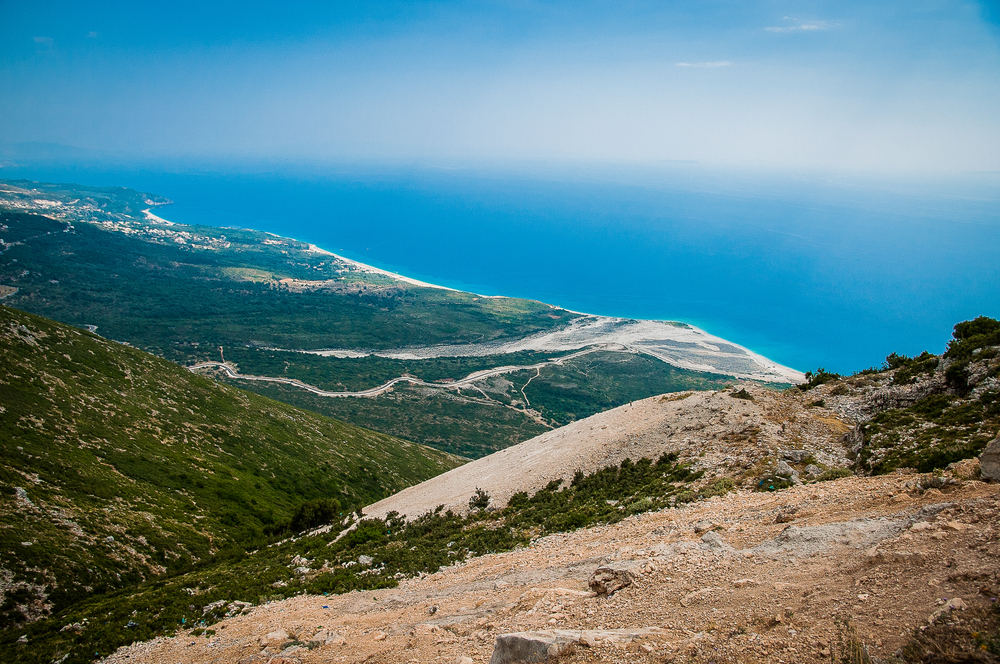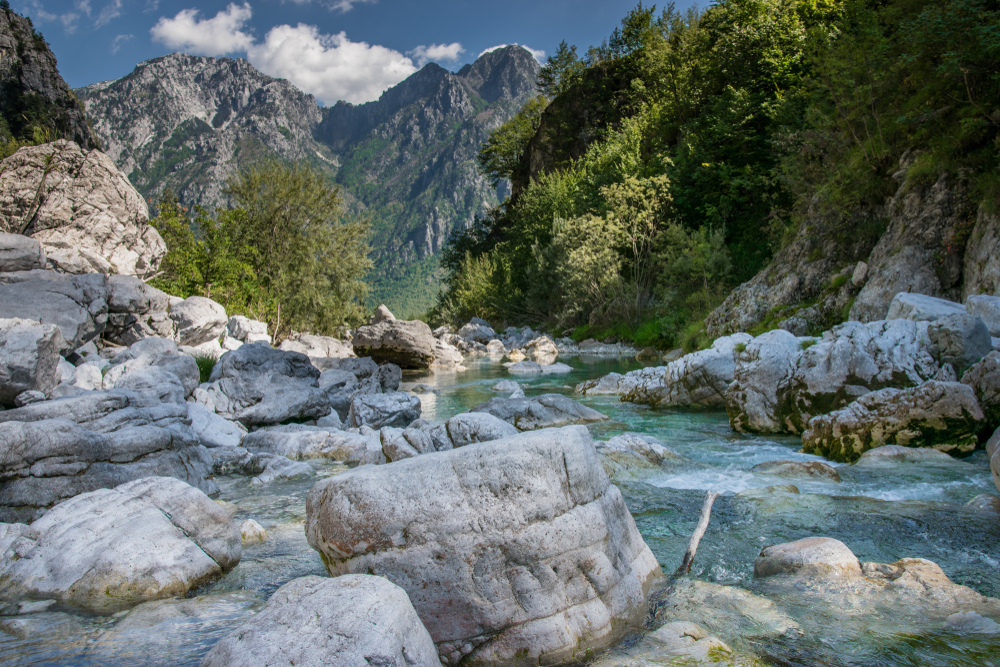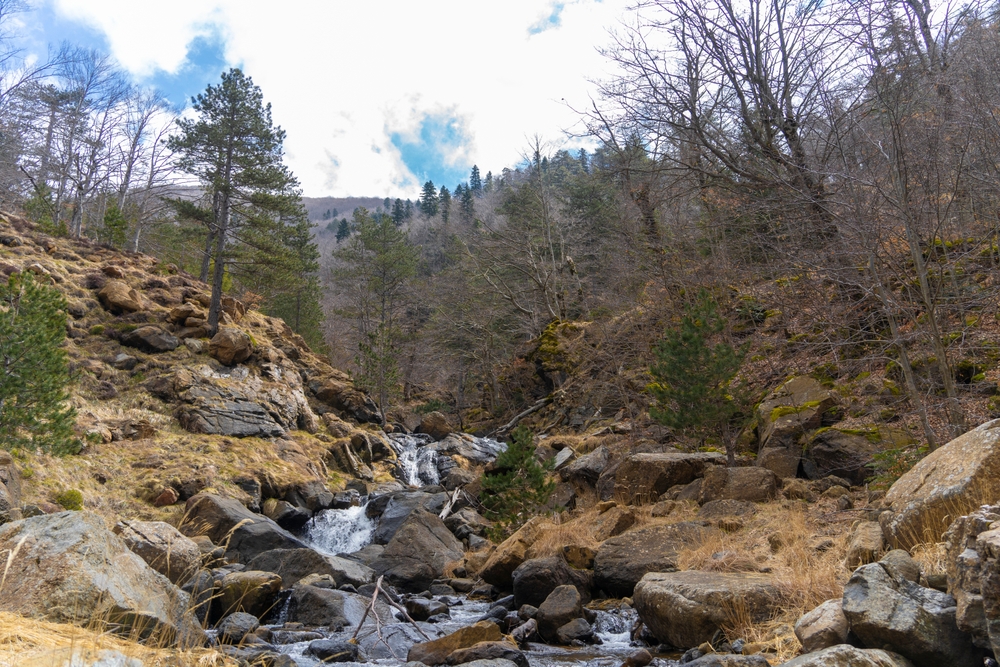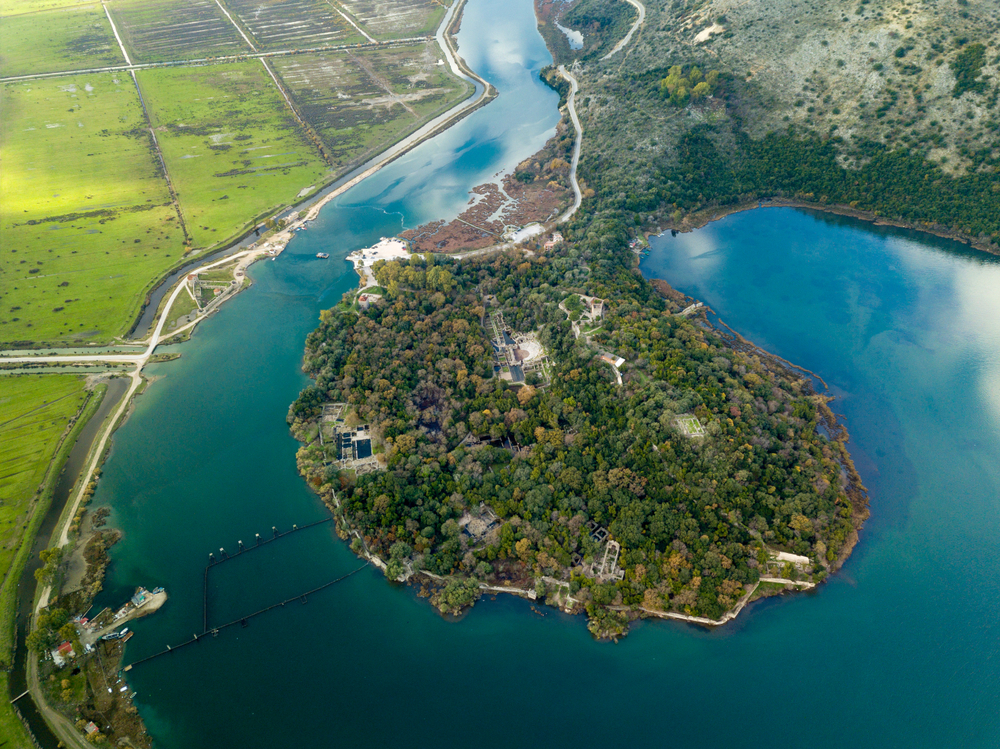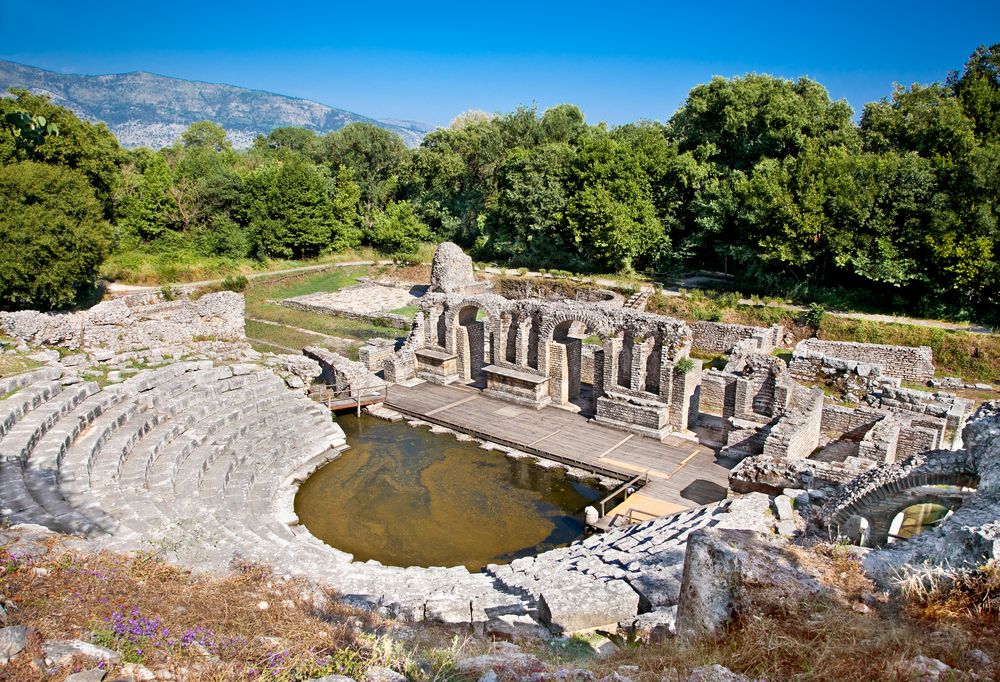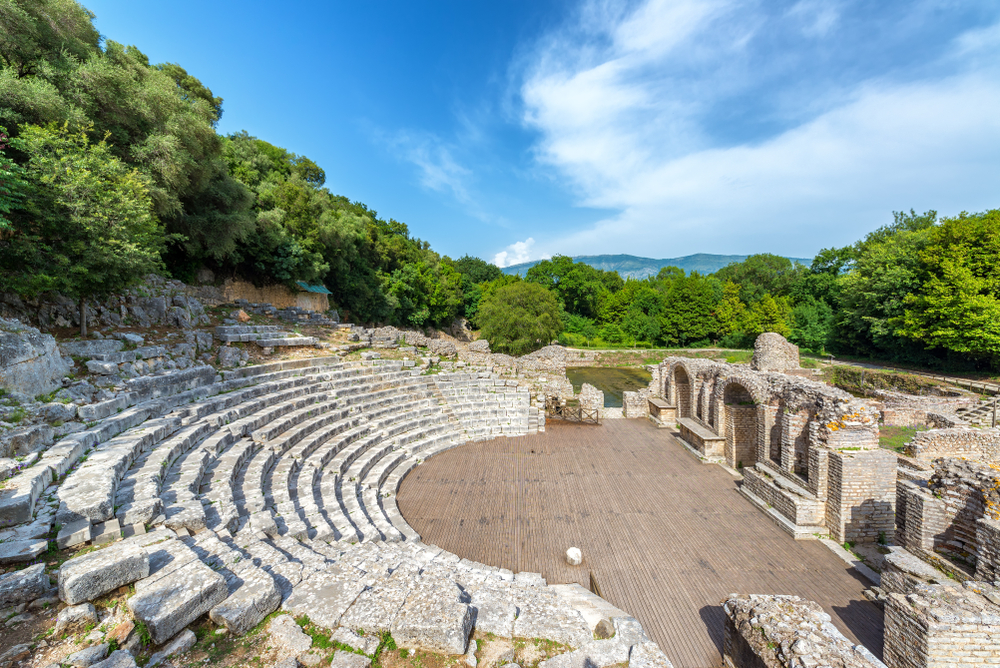Butrint Overview
Butrint National Park, located in the southern part of Albania, near the city of Sarandë, is a site of immense historical and natural significance. Covering an area of approximately 94 square kilometers (about 36 square miles), the park was established in 2000 to protect the archaeological ruins of the ancient city of Butrint and its surrounding ecosystems. This area, rich in biodiversity and cultural heritage, has been recognized as a UNESCO World Heritage Site due to its outstanding universal value, showcasing a remarkable blend of archaeology and nature.
The ancient city of Butrint, at the heart of the park, is a microcosm of Mediterranean history, spanning over 2,500 years. The site contains well-preserved ruins from various periods, including Greek, Roman, Byzantine, and Venetian. Among its most notable features are the ancient theatre, the Roman baths, the grand basilica, and the iconic Lion Gate. These ruins provide a fascinating glimpse into the past civilizations that thrived in this area, making it a must-visit destination for history enthusiasts.
Butrint National Park is not only celebrated for its archaeological treasures but also for its diverse ecosystems. The park encompasses wetlands, freshwater lakes, salt marshes, and woodlands, creating habitats for a wide variety of flora and fauna. It is part of the larger ecosystem of the Butrint Lagoon and the Straits of Corfu, supporting species such as sea turtles, dolphins, and a multitude of bird species, making it an important area for biodiversity conservation in the Mediterranean.
Visitors to Butrint National Park can explore the ancient ruins, enjoy the scenic beauty of the landscape, and observe wildlife in their natural habitats. The park offers guided tours, walking trails, and boat tours, providing an immersive experience that combines cultural exploration with the appreciation of nature.
Butrint National Park stands as a testament to Albania’s rich cultural history and natural beauty, inviting visitors to discover its archaeological wonders and pristine landscapes, where the echoes of the past meet the tranquility of nature.
Park Map
Butrint National Park Trails
Related National Parks More Albania
Sources
- An Adventurous World, Definitive Guide to Butrint National park Albania, https://www.anadventurousworld.com/butrint-national-park/, retrieved April 2024.
- Ancient History Encyclopedia, Butrint National Park, https://www.ancient.eu/image/11988/butrint-national-park/, retrieved April 2024.
- Ex.PO AUS, Butrint National Park, https://www.expoaus.org/butrint-national-park-uso12, retrieved April 2024.
- Into Albania, Butrint National Park, https://www.intoalbania.com/attraction/butrint-national-park/, retrieved April 2024.
- Lonely Planet, Butrint, https://www.lonelyplanet.com/albania/attractions/butrint/a/poi-sig/1005319/358538, retrieved April 2024.
- One Trip at a Time, UNESCO World Heritage Site of Butrint, https://www.onetripatatime.com/unesco-world-heritage-site-of-butrint/, retrieved April 2024.
- UNESCO, Butrint, https://whc.unesco.org/en/list/570/, retrieved April 2024.








































































